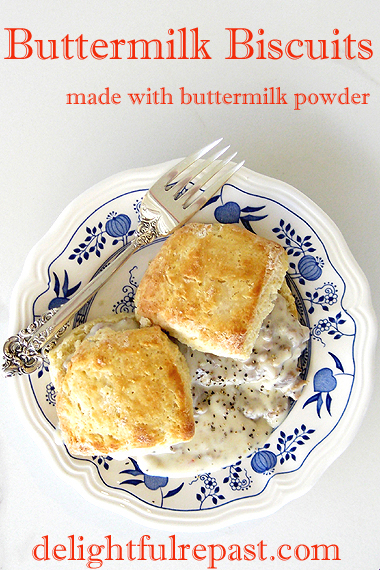If you've been reading Delightful Repast for any length of time, or following me on Twitter (@delightfulrepas), you know that a good strong cup of black tea is my beverage of choice (and has been since the age of two-ish). Whilst I do use the occasional teabag, I most often use loose leaf tea. I have several favourites: Darjeeling, English Breakfast, Earl Grey and some proprietary house blends of companies in England.
Whittard of Chelsea recently sent me three of their blends for review: Afternoon, Earl Grey and English Breakfast (comes in a Whittard gift set). Whether I'm reviewing a product I've purchased or one that was given to me, I always tell my readers what I really think. As I say to brands on my PR page, my opinions are not for sale. I brewed the teas in my usual way (see below) and tasted them with and without milk (I use 2%).
I've drunk many brands of English Breakfast tea, and they are all different. Whittard's is a blend of malty Assam for strength, crisp Ceylon for depth and mellow Kenyan for colour. This is a great wake-up tea. Good without, but I love it with just a splash of milk. A splendid way to greet the day!
Next I tried the Earl Grey, a lighter tea than English Breakfast. Earl Grey is a tea some brands just don't do well. One brand I'm thinking of tastes very much like a popular pine cleaner! Not the case here. Whittard's excellent Earl Grey is a blend of Indian and China teas flavoured with the characteristic bergamot. Traditionally an afternoon tea, I drink it pretty much around the clock! Usually drunk without milk or with just a dash (I used 1 teaspoon), I liked it both ways.
I saved Afternoon for last because it is unique to Whittard, being a house blend created by Mr. Whittard in the 1940s. It's an aromatic blend of black and green teas flavoured with jasmine and a touch of bergamot. It's a much lighter tea than I am accustomed to drinking. I don't really consider green tea tea; tend to lump it in with herbal infusions. Of course, that is not the case; green tea is "real" tea made from the same plant as black tea. If you are a fan of green tea, you would probably enjoy this fragrant blend.
The next Whittard of Chelsea teas I'd like to try are the Darjeeling, 1886 Blend and the organic Earl Grey and English Breakfast.
How to Make a Proper Cup of Tea
To make a proper cup (pot, really) of black tea, just before a kettle of freshly drawn water comes to the boil, warm the teapot with hot water, empty it, add one measuring teaspoon of tea leaves for each 6 or 8 ounces of water (depending on the strength you prefer). Immediately (that's why the teapot is sitting on the stove in the photo above) pour in the freshly boiling water, let it stand for 5 minutes, stir, and then strain into cups. If you prefer to use a tea ball, be sure it is large enough to allow the tea leaves to unfurl. Serve with sugar or sugar cubes, thin slices (not wedges) of lemon and a small pitcher of milk (never cream).
Note: If you drink a great deal of tea throughout the day--or work in an office where people are constantly boiling water for tea, French press coffee, hot chocolate, soups and noodles--you might take a look at the Zojirushi Water Boiler and Warmer and read my review of it.
What are your favourite teas?

















